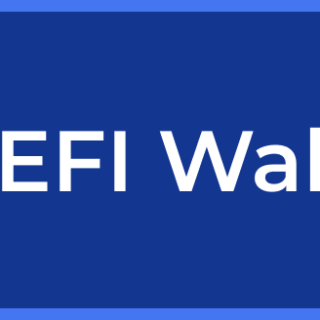Intro to Layer 2 blockchains
When referring to an independent, native blockchain, the term Layer 1 is often used to distinguish it from outside protocols that interact with the main activity on the chain. However, as more and more applications and users need to interact with a blockchain due to increased demand, scaling solutions have been developed to make it faster and more efficient. Layer 2 blockchains are one scaling solution that allows for more transactions to take place without compromising decentralization.
When people talk about “Ethereum”, they are referring to Ethereum Layer 1. Connected to Layer 1 using smart contracts, Layer 2s (L2s) are protocols that operate on top of the main blockchain, such as Arbitrum One or Polygon. These secondary blockchains can process transactions much more quickly, and more affordably, than a transaction that must compete for space on Layer 1. Frequently they act as side chains, processing transactions that will later be passed along to the Ethereum ledger. Immutable X is a Layer 2 which allows NFT sales without network fees. ZK Rollups and Optimism Rollups are other types of L2; these combine many (sometimes hundreds) of transactions, stored in a smart contract, that get attached to the main blockchain as one record to save gas.
When using dApps or connecting to sites that use Layer 2s, you will need to select the network within your wallet. These settings allow you to sign transactions on the other network and work mostly the same as other Ethereum transactions.


